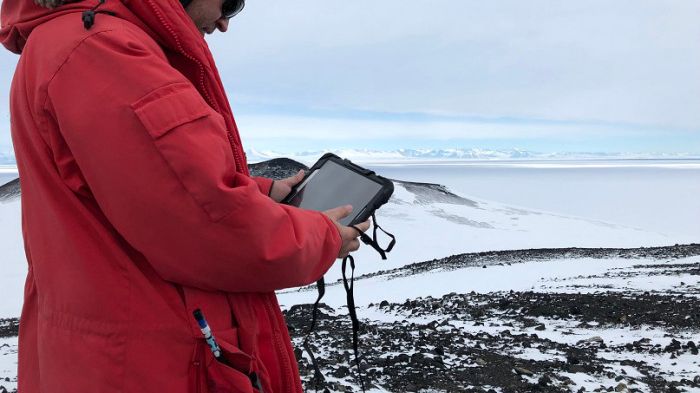
News -
Isansys travels with NASA to Antarctica
A NASA exploration scientist set off on his mission to Antarctica being monitored by the Patient Status Engine, a physiological data collection platform which provides monitoring of individuals wirelessly and in real-time.
Dr Erik Antonsen, the Exploration Medical Capability Element Scientist, is performing a range of experiments including the valuation of the Isansys monitoring system in extreme and remote environments.
The Patient Status Engine is automatically capturing Dr Antonsen’s physiological data through a suite of wireless wearable sensors which make up part of the Patient Status Engine. Two teams also equipped with the Patient Status Engine are monitoring his progress to view his healthcare status at all times.
Dr Peter Lee, Cardiothoracic Surgeon at The Ohio State University, who helped initiate this demonstration, said: “Convenient, accurate, and versatile wireless medical monitoring is the future of physiological monitoring, whether it's in the hospital, home, or extreme environments.
“Testing the Patient Status Engine and its sensors by NASA is only the tip of the iceberg when it comes to its potential applications and capabilities.”
Throughout Dr Antonsen’s voyage, the data, including his heart rate, respiration rate, blood pressure, oxygen saturation and temperature, is being collected and analysed by the Patient Status Engine. This data is then being relayed back to Dr Lee’s team in America, via satellite phone, where they are assessing its accuracy, validity, and acquisition. Communication links and integration with prototype medical data systems are also being assessed.
The data collected will help NASA learn the best ways to monitor the physiology of future explorers, which is critical for its work to send humans beyond Low Earth Orbit, to the Moon, and eventually to Mars.
Joe Swantack, CEO of STARK Industries which is working with Isansys to install the Patient Status Engine in extreme environments, said: “We’re completely immersing the Patient Status Engine in the world’s most extreme cold-weather environment, -40 to -50F; conditions that closely approximate a ‘surface’ EVA on a manned-mission to the red planet.”
Liz Swantack, Co-Director of Development and Nurse Consultant said: “We’ll be wirelessly monitoring Dr Antonsen in the same way we’re monitoring patients in hospital and healthcare communities. The physiological responses created beneath the cold-weather gear, monitored in real-time, will generate high-definition digitized data sets for further analysis.”
Follow Dr Antonsen’s mission via his blog: https://erikantarctica.wordpress.com/